Setting the Scene
This one started as a simple hop home on an IFR flight plan after a long day. Three people boarded a Cessna 172S—registration N262TA—at Duluth International (DLH) just after 11 p.m., headed back to South St. Paul (SGS). Weather sat in low IFR territory: overcast around 200 feet, mist, and a gusty easterly wind. Night, moisture, and no horizon. The pilot picked up an IFR clearance, was told to climb to 6,000 feet, and was cleared to depart runway 9 with a right turn direct to SGS. Minutes later, the airplane struck transmission lines and a two-story house in nearby Hermantown. All three aboard were fatally injured; two people in the house survived with minor injuries.
Who Was Flying, and With What Experience
The pilot held a commercial certificate with an instrument rating and a flight instructor certificate for single-engine airplanes. His logbook showed about 646 total hours, with 39.9 hours in the Cessna 172S make and model. Night time totaled 45.1 hours, and his actual instrument flight time was 7.6 hours—just 1.5 of those hours in the 172S. His most recent actual IMC time was in July 2021, roughly 15 months before the accident flight; he logged 2.5 hours of simulated instrument time in June 2022. On paper, he was qualified, but his recent “in the soup” experience was thin.
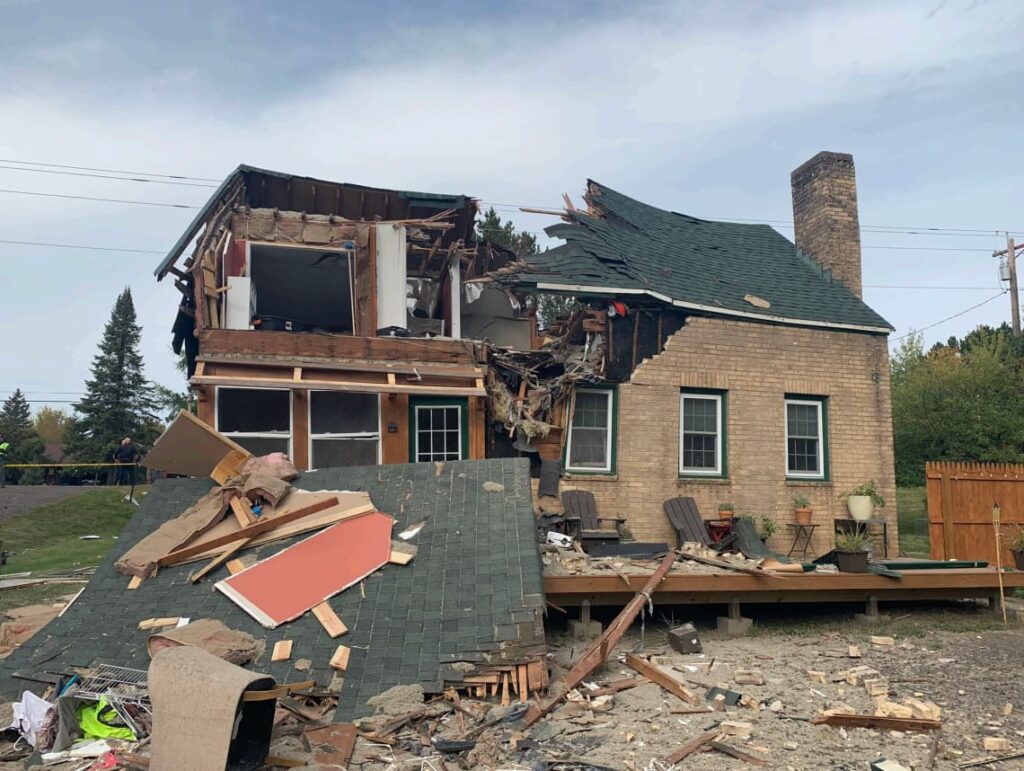
A Long Day Before a Hard Night
Context mattered here. The day prior, the pilot had flown a late-evening night cross-country with a student, ending around 2315. The morning of the accident he launched from SGS around 1015, flew to Duluth to attend a wedding, and spent roughly 11.5 hours at wedding and reception activities. A student later told investigators the pilot had mentioned he was nervous about the planned IFR flight because he didn’t feel confident in his instrument flying. Stack that sentiment on a 13.5-hour day and you have fatigue and self-reported instrument rust—both subtle risk multipliers that often show up at the edges of an accident chain.
Weather You Couldn’t Ignore
The hourly weather bracketed the takeoff with wind from 080° at 10–12 knots, gusting near 19, mist reducing visibility, and a 200-foot overcast—classic LIFR. The National Weather Service expected those conditions to prevail through the evening. Low cloud bases like that mean you’re in the clouds almost immediately after liftoff, with little or no outside visual reference and high reliance on instruments from rotation onward. On a dark night, with wet runways and mist scattering light, the outside world becomes a black box.
Clearance, Callouts, and a Clue
At 2305 the pilot picked up the IFR clearance: direct SGS, climb to 6,000 feet, assigned code. He read back the wrong departure frequency and omitted the beacon code on the first try; the controller corrected the code but did not catch the frequency error. Before takeoff, the tower relayed winds and runway visual range and cleared the flight for a right turn direct to SGS after departure. Small clues, but they painted a picture: high workload, at night, in a low-ceiling environment, and a missed comm detail that would matter minutes later.
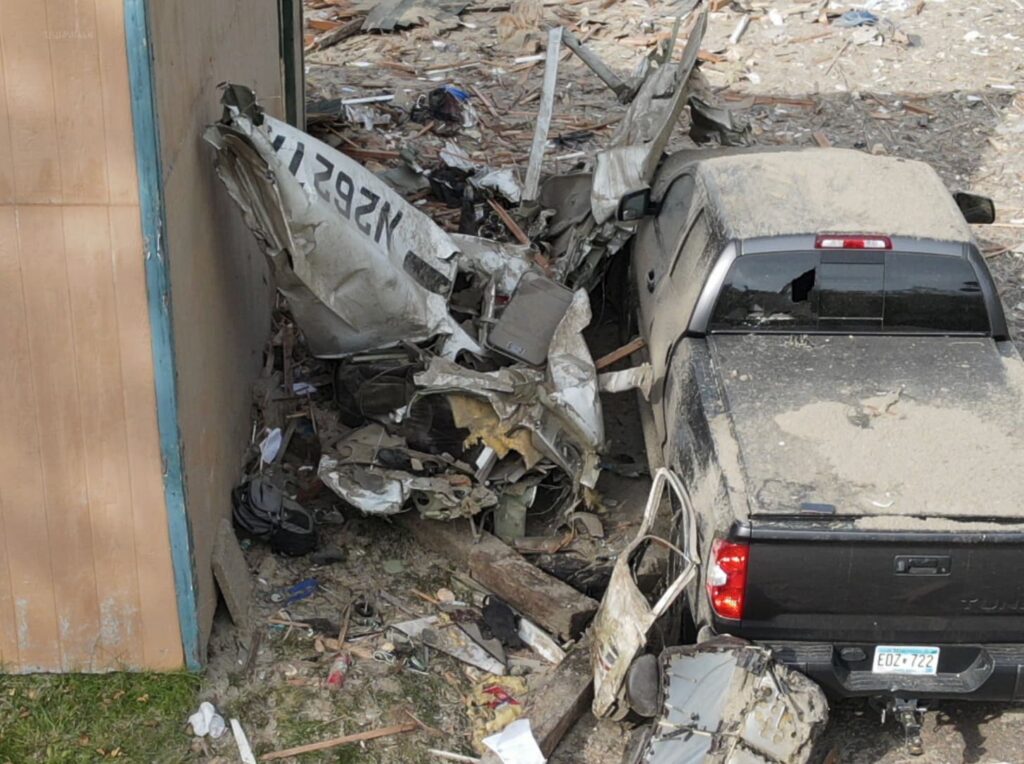
The Takeoff: Into the Soup by 250 Feet
A rear-seat passenger’s phone video captured the takeoff roll and initial climb. The engine sounded normal, the panel looked normal, but the interior windows were fogged with condensation. About 19 seconds after the roll began, the 172 entered the clouds—right where the PIREP said it would be. That rapid transition from runway lights to a grey bowl is where training and recent instrument time usually carry you. The video stopped at 24 seconds.
The Flight Track Tells the Story
ADS-B data showed a right turn after liftoff, but not the “right turn direct SGS” that was cleared. The airplane climbed toward 1,750 feet MSL, then rolled into a steep left turn, arcing through roughly a 270° teardrop while climbing to about 2,800 feet MSL. From there the descent began—tight, descending, and accelerating. The radar controller, unable to raise the flight on the (incorrect) departure frequency, tried the tower frequency and told the pilot to contact departure; the pilot acknowledged. Seconds later, with groundspeed increasing and the track still unwinding left, ATC issued a low-altitude alert and asked the pilot to confirm he was climbing. No reply followed. The ADS-B plots on pages 5–6 of the report make that descending, tightening spiral painfully clear.
Impact in a Neighborhood
The 172 clipped electrical transmission lines and struck a two-story house, leaving a wing and gear imprint through the structure consistent with about a 40° left bank at impact. The wreckage path ran about 175 feet, and there was no post-impact fire. The aerial photo on page 7 shows the house damage, debris field, and nearby powerlines. Two people sleeping inside survived with minor injuries—a testament to luck and construction more than anything else.
What the Airplane Told Investigators
Post-accident teardown didn’t point to any pre-impact failures. Control continuity was established through tensile-overload breaks. The Lycoming IO-360 turned freely with compression on all cylinders; both magnetos produced spark, and the propeller showed damage consistent with rotation under power. Vacuum and electrical systems showed normal operating signatures; the turn coordinator’s gyro had rotational scoring, while the vacuum gyros did not—a detail that fit with a short flight and sudden loss of control rather than instrument failure. Onboard units (Stratus 2S, GTN 750, DAC GDC31) yielded no usable flight data from the accident. Bottom line: the airplane appeared healthy; the problem was control, not combustion.
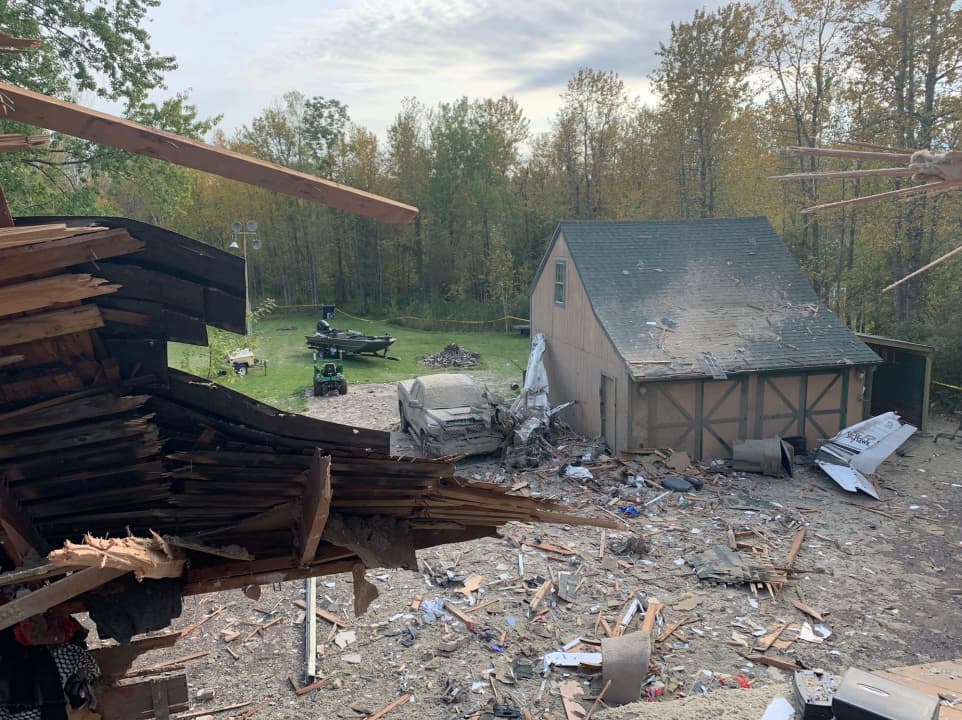
Human Factors Front and Center
The NTSB called it what it was: a loss of control from spatial disorientation during the initial climb in dark night IMC, with fatigue as a contributor. The pilot’s actual instrument time was thin and stale, and he had self-acknowledged doubts about his instrument proficiency the day before. Fatigue from a late training flight the previous night, an early departure that morning, and a long wedding day likely further reduced his bandwidth. The environment offered classic vestibular traps: a black-hole departure into mist, immediate acceleration, and no outside cues. From there, the data fit the somatogravic/head-up illusion playbook—perceived pitch-up on acceleration, over-correction, and an increasing bank that the inner ear happily “normalized” until it was too late.
Comms and Task Saturation
That incorrect departure frequency readback mattered. After takeoff, when departure tried to check in, nothing came back. The handoff relayed via tower added one more radio step during a high-workload phase when the airplane was already turning, climbing, and in cloud. It’s a reminder that small holes in the Swiss cheese—like an uncorrected frequency—don’t cause accidents alone, but they enlarge the workload bucket right when you need margin.
Lessons to Carry Forward
For instrument pilots, especially those who fly single-pilot and at night, several takeaways stood out:
- Proficiency is perishable. The pilot had the rating and certificate, but only 7.6 hours of actual IMC and none recently. If your “real-world” instrument time is stale, treat a night LIFR launch as a proficiency event—or delay. Chair-fly the scan, reset your instrument cross-check habits, and consider an IPC or a safety pilot in the weeks prior if you know a trip like this is coming.
- Night LIFR is not “just IFR.” A 200-foot ceiling on a dark night compresses everything: liftoff, rotation, and then immediate hooded flight with acceleration illusions. Add mist and wet glass creating cockpit condensation (as seen in the passenger video) and your visual cues shrink even further. Plan to keep the wings level, pitch set, and power fixed until the flight director and attitude indicator stabilize. Use the autopilot early if you have it and trust it.
- Lock down the details on the ground. Frequencies, initial heading/turn, climb speed, and power setting should be briefed and set before brake release. A wrong frequency is more than an annoyance—it can leave you task saturated and alone when you most need a nudge from ATC. A sterile cockpit and a quick “bug, bug, bug” routine (heading, altitude, nav source) help keep the departure on rails.
- Respect fatigue—even when you don’t feel sleepy. Long social days, late prior flights, and the cognitive swing from celebration to instrument flying erode performance. If you’re stacking a wedding day onto a night LIFR launch, be ready to say “not tonight.” Fatigue rarely announces itself; it just trims your margins.
- Have an escape plan. On nights like this, a local hotel and a taxi are solid alternates. If you must depart, brief a wings-level climb on runway heading to a safe altitude before any turn, even if cleared “right turn direct.” If something feels off—scan jittery, trim out of whack, windows fogging—ask for runway heading and a climb, or request vectors and a block altitude.
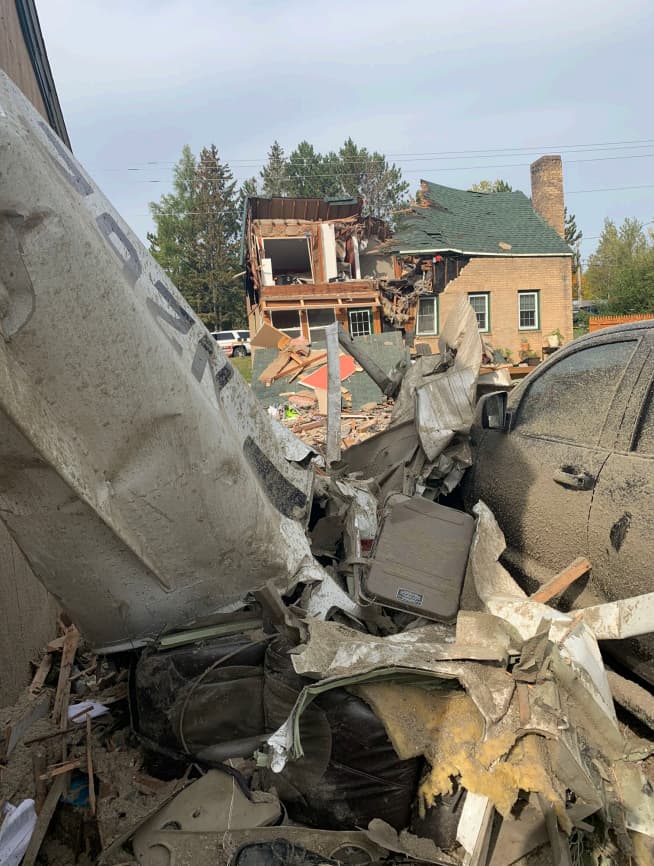
Closing Thoughts
Nothing about this airplane suggested a mechanical failure. The weather and darkness were no surprise; both were briefed and broadcast. What changed the outcome was a demanding environment meeting thin, recent instrument experience and a fatigued pilot on a long day. The airplane did what it was told. The vestibular system did what it always does in the dark. Our job is to recognize when those two truths are on a collision course and to buy back margin—by delaying, adding help, or simplifying the departure. That’s not drama; that’s discipline.





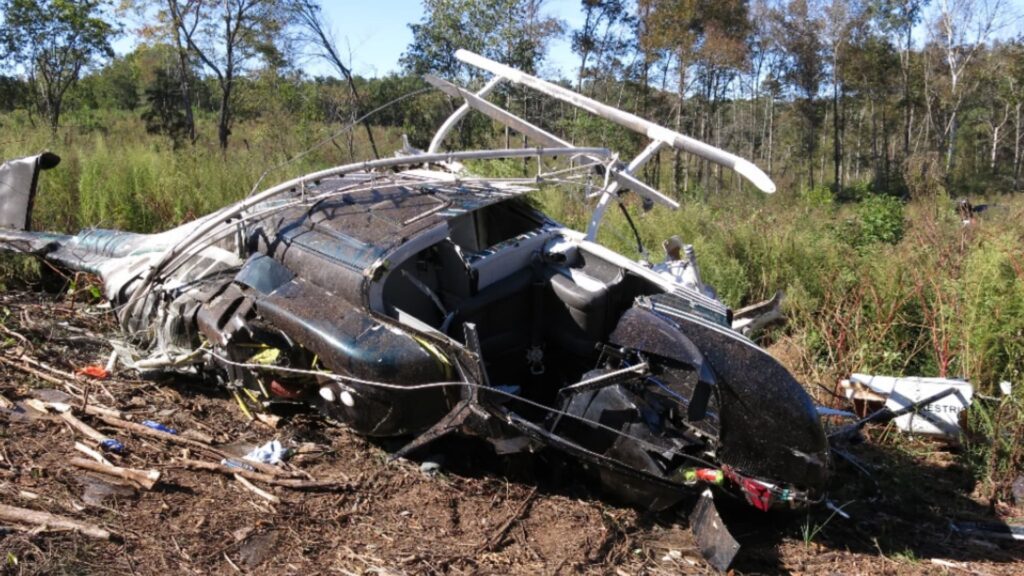
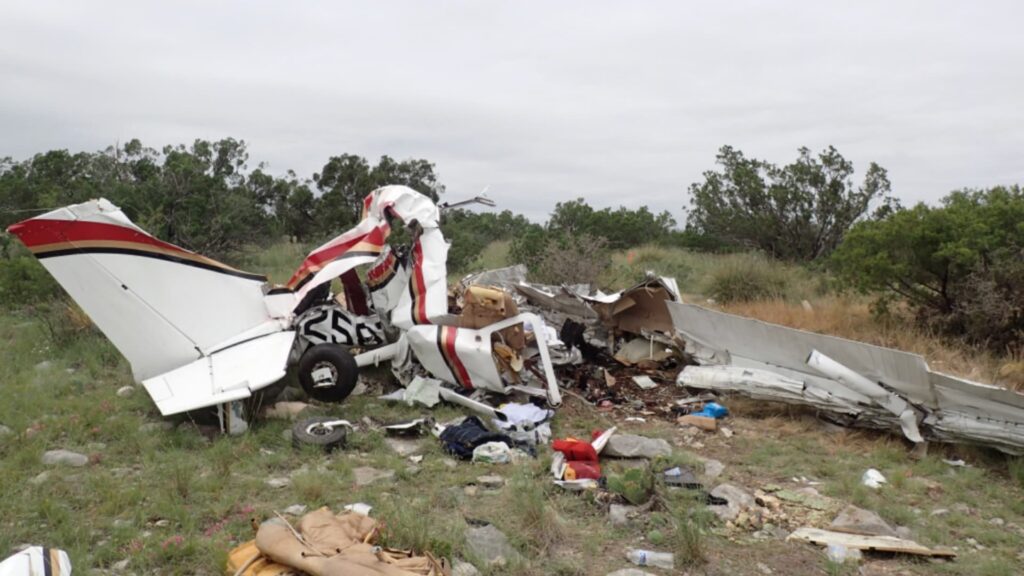

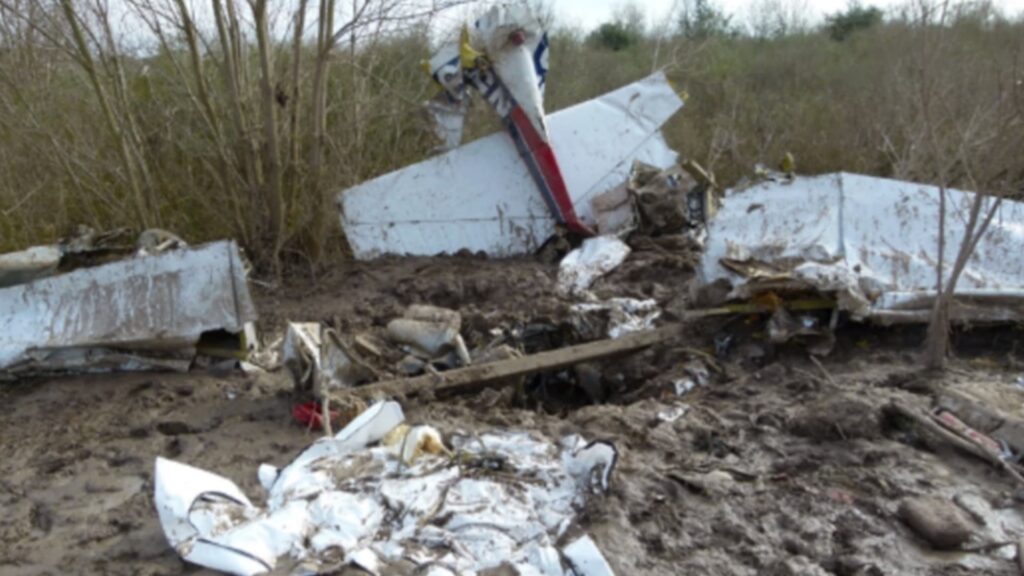


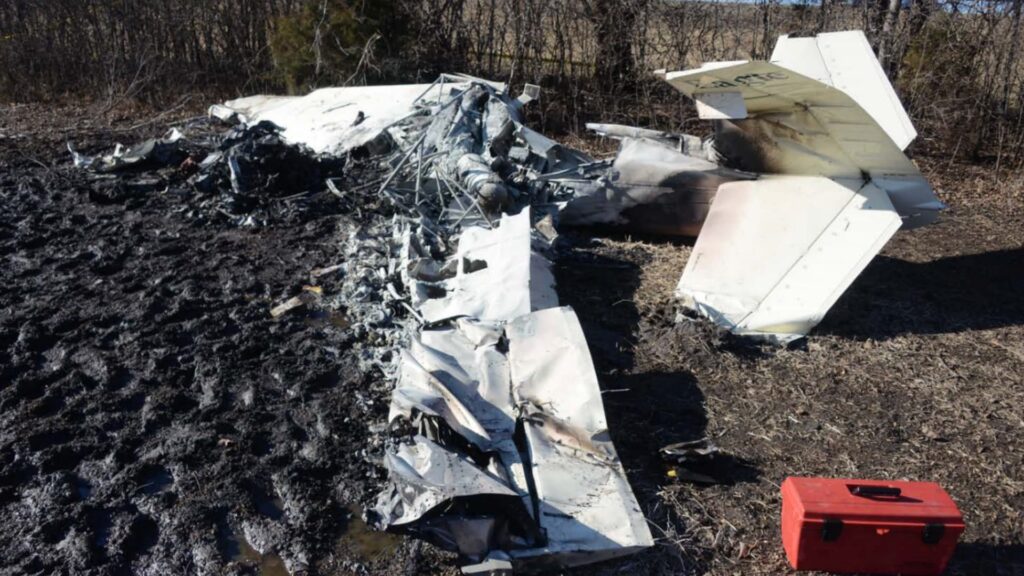
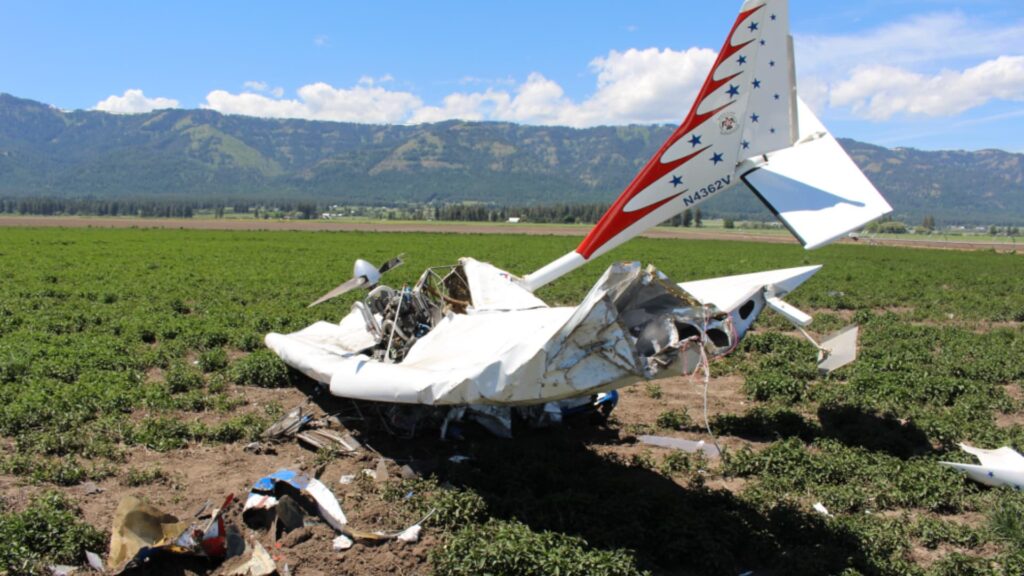
2 Comments
This scenario cries for a hotel room and/or rental car. I’ve driven home many times when I would rather have flown…
Proficiency can be taught and maintained but good judgement is learned.
In December 1984, I rented a Cessna 172 for a flight with my wife and two young boys from Titusville, Florida to Valdosta, Georgia to visit family. The early morning flight to Valdosta was uneventful, but a strong cold front approaching South Georgia began to have impact more rapidly than expected and during the day the weather at Valdosta began to deteriorate. After lunch, we loaded the plane hoping to “beat” the weather as we headed south. Lucky for me, the airplane had a weak battery, and I could not get the engine started. I wanted to hurry and “get ahead” of the weather, but darkness and cold rain, with the possibility of icing was coming fast. The weak battery delayed us enough to force my decision to rent a car. Once that decision was made, I realized that all the self-imposed stress of getting there had left me. We got home later than planned, but safe.
The next day, with a fresh battery in hand, a pilot friend and I drove to Valdosta, and enjoyed a beautiful, post-front, CAVU flight home. I regret that it was a mechanical issue that forced me to make the right decision, but I am thankful for the outcome.